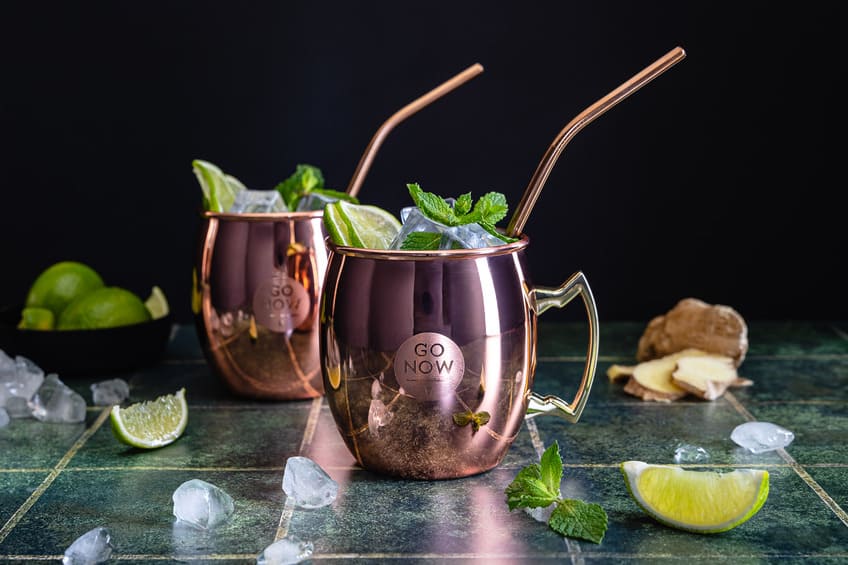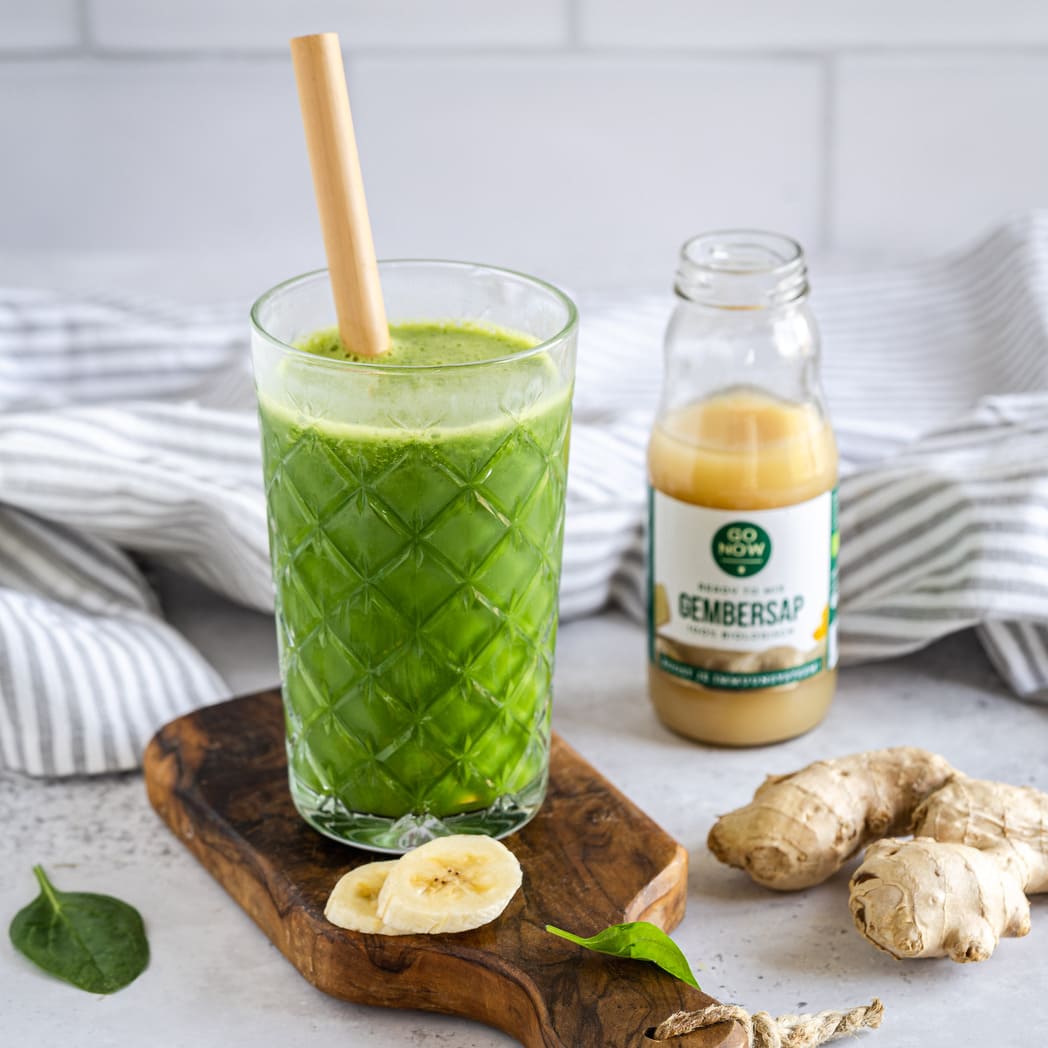Put ginger in a bottle of water and suddenly you can ask 1.50 euros for it. It rides along on all trends, from baking to superfoods.
Trending on menu
Seen on a menu in Bergen, North Holland: ‘what is also completely hip in the big city now is ginger tea (3.50)’. 3.50 euros for a few slices in a glass of water, apparently no one outside the big city is surprised by that anymore either. While a kilo of organic ginger in the supermarket costs less than 7 euros.
Health benefits
If you google ginger, you mainly read about how healthy it is. The spicy spice is said to strengthen the immune system, improve circulation, relieve muscle pain, stimulate digestion, help against stress and bad breath, and even prevent Alzheimer’s. That ginger can help with nausea has been proven, the other claims are controversial, and health claims on ginger products are not allowed.
Nevertheless, ginger is popular. It rides along on all trends, from baking to superfoods. It is freshly chopped in Asian dishes, used as an ingredient in cookies and tea, in vegetable juices and flavored waters – even in cosmetics and cleaning products there is (the scent of) ginger. Consumption is increasing worldwide, with Danes and Dutch consuming a lot of ginger in Europe, according to a study by Foreign Affairs. Although it shows Eurocentrism to think that the growth of ginger can be attributed entirely to Western foodies. For example, a lot of ginger is also eaten by the growing population of India.
Supply of ginger
“Ginger is fun,” says Dennis Koemans of Davis, a company that imports and exports vegetables and fruits and trades in them. “Because it’s a developing market.” He also does good business in the United Kingdom. “The market is also growing there.”
It’s an exciting few weeks for ginger, because there is much speculation about the supply from China – one of the largest producers – and thus about prices in the coming month. “Some say: the harvests have failed, others say that speculators are buying up ginger and hoarding it to drive up prices.” The consumer will notice little of this, the retail prices of ginger root are fairly constant.
Ginger mainly makes money when it’s in something. Put ginger in a bottle of water and suddenly you can ask 1.50 euros for it. They also see this at Now Organic, a company in Aalsmeer that grows organic ginger in China and sells it throughout Western Europe. Unprocessed, but also as juice. Because that’s where the growth is. “In Germany and Denmark, ginger is even more popular than here. In vegetable and fruit drinks, but also as a shot for young people,” says co-owner Hans Versteegh. According to him, many more drinks with ginger will come onto the market. The newest trend, Versteegh predicts, will be drinks that contain not 1 or 2 percent ginger, but sometimes 20 or 30 percent – quite a lot for a flavor that is mainly spicy besides being fresh-sweet. “The joke is: people are starting to like it.”



